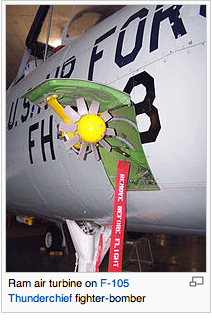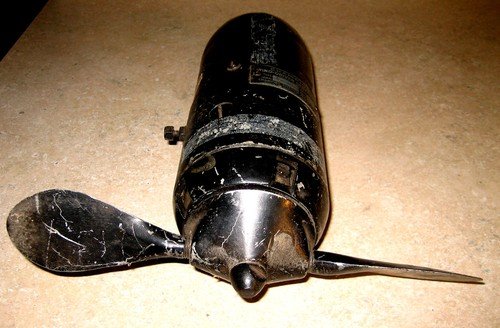Saw this today I've excerpted the paragraphs I felt were the most interesting, particularly the fuel savings part. This winglet applies to existing model 737s. The new 737 MAX will have a somewhat similarly shaped winglet.
-----------------------------------------------
Aviation Partners Boeing (APB), a joint venture, launched its new Split Scimitar Winglet program Tuesday with an order from United Airlines.
The Split Scimitar Winglet is a retrofit of an existing Boeing Next-Generation 737 Blended Winglet. It replaces the aluminum winglet tip cap with a new aerodynamically shaped “scimitar” winglet tip cap and adds a new scimitar-tipped ventral strake. The design was flight-tested in 2012 and demonstrated significant aircraft drag reduction over the basic Blended Winglet configuration.
APB expects the new winglet system, when installed on a provisioned wing 737-800, could save the typical airline more than 45,000 gallons (204,600 liters) of jet fuel and result in a corresponding reduction of carbon dioxide emissions of 476 tons (431 metric tons) per airplane each year. Once Split Scimitar Winglets are installed, APB estimates that United’s use of both the blended and split scimitar technologies will save the airline more than $250 million per year in jet fuel costs fleetwide.
“Fuel is United’s largest, most volatile expense and we are always looking for opportunities to improve the fuel efficiency of our fleet," said Ron Baur, United’s vice president of fleet. "The Next-Generation 737 Split Scimitar Winglet will provide a natural hedge against rising fuel prices while simultaneously reducing carbon emissions.”
Aviation Partners Boeing is a Seattle-based joint venture of Aviation Partners Inc. and The Boeing Company
-----------------------------------------------
Aviation Partners Boeing (APB), a joint venture, launched its new Split Scimitar Winglet program Tuesday with an order from United Airlines.
The Split Scimitar Winglet is a retrofit of an existing Boeing Next-Generation 737 Blended Winglet. It replaces the aluminum winglet tip cap with a new aerodynamically shaped “scimitar” winglet tip cap and adds a new scimitar-tipped ventral strake. The design was flight-tested in 2012 and demonstrated significant aircraft drag reduction over the basic Blended Winglet configuration.
APB expects the new winglet system, when installed on a provisioned wing 737-800, could save the typical airline more than 45,000 gallons (204,600 liters) of jet fuel and result in a corresponding reduction of carbon dioxide emissions of 476 tons (431 metric tons) per airplane each year. Once Split Scimitar Winglets are installed, APB estimates that United’s use of both the blended and split scimitar technologies will save the airline more than $250 million per year in jet fuel costs fleetwide.
“Fuel is United’s largest, most volatile expense and we are always looking for opportunities to improve the fuel efficiency of our fleet," said Ron Baur, United’s vice president of fleet. "The Next-Generation 737 Split Scimitar Winglet will provide a natural hedge against rising fuel prices while simultaneously reducing carbon emissions.”
Aviation Partners Boeing is a Seattle-based joint venture of Aviation Partners Inc. and The Boeing Company




